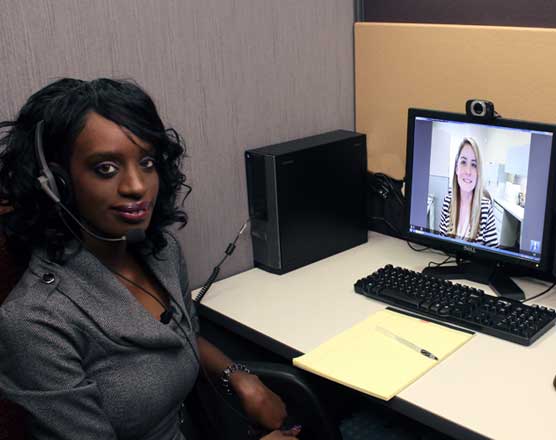Identifying the Deceased: Interpreting in Disaster Relief Situations
23 Oct
Yesterday, I conducted a special training exercise with CyraCom’s interpreters aimed at enhancing their ability to interpret in the long consecutive mode effectively. The exercise was based on the protocols and procedures used to properly identify deceased individuals in disaster relief situations.

The experience was very educational — it gave the interpreters an opportunity to improve their ability to interpret complex physical and anatomical descriptions while increasing their understanding of emergency response procedure. The session also took the students out of the classroom and provided the CyraCom training staff with more experience conducting this type of live, simulation-based training. Equally important was the fact that we all had the opportunity to discuss death and dying within a cultural context — an important conversation for any interpreter who might find themselves communicating across cultures on this very sensitive subject. In all, I was reminded that interpreting isdynamic: and the more practice we can provide, and the closer this practice can be to reality, the better prepared our interpreters will be.
Now it’s back to the drawing-board, which is my favorite part of the process, with new lessons to conceptualize, materials to develop, feedback to solicit, and data to gather.
Good stuff.
——————–
CyraCom’s interpretation and translation solutions are exclusively endorsed by the American Hospital Association. With ISO 9001:2008 certified quality processes, US-based medically-trained interpreters, and a dedicated account management team, we are equipped to meet your patients’ language needs.

